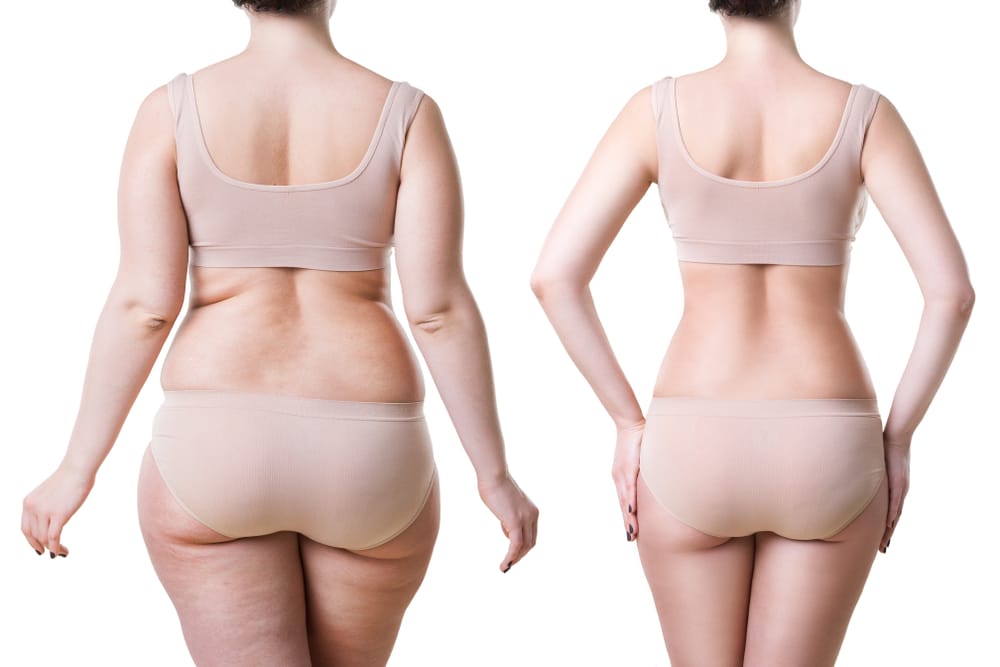- type: fat suction
- anaesthetic: assisted local anaesthetic, neuroleptanalgesia or general anaesthetic
- length of the operation: 30 minutes to 2 hours
- stay: outpatient
- social isolation: 48 hours
Advantages: It eliminates most of the subcutaneous fat almost permanently.
WHAT IS LIPOSUCTION?
Liposuction makes it possible to eliminate localised excess fat radically and permanently which a diet or physical exercise cannot generally remove.
On the other hand, liposuction does not constitute a slimming method and its purpose is therefore not to control the weight of the patient.
Liposuction does not therefore constitute a treatment for obesity but seeks to sculpt the figure harmoniously and precisely.
LIPOSUCTION
The principle of liposuction (developed since 1977 by Yves-Gérard ILLOUZ) consists of inserting, from very small incisions, foam cannulae, with a round tip, non-sharp, perforated at their end with several openings. These cannulae will be connected to a closed circuit in which a negative pressure will be generated.
APPLICATIONS OF LIPOSUCTION
Liposuction consists in the elimination of localised exceed fat which generally persists despite a diet or engaging in sports.
However, it is not intended as a slimming solution and its objective is not to balance the weight of the patients: it is by no means a substitute for a healthy lifestyle, nor does it represent a means of controlling obesity.
Liposuction consists in sucking off the excess fat cells without trauma and in complete harmony. T do this the procedure (applied by Yves-Gérard ILLOUZ since 1977) is as follows: round-tipped foam cannulae, non-cutting, are inserted after tiny incisions are made. The end of these cannulae is punctured and connected to a closed circuit in which a negative pressure is generated.
Since fat cells are unable to reproduce, any oversized growth of adipocytes is eliminated.
Liposuction can be conducted in numerous areas of the body: on the arms, on the ankles, the calves, knees, thighs, abdomen, hips and, of course, the “saddlebag”. Thanks to technical progress, its scope of operation now also extends to the neck (double chin) and the contours of the face.
The use of fine cannulae has recently brought an improvement in treatment of the skin above the lipo-aspirated region, particularly for superficial liposuction: the skin no longer suffers from this procedure, indeed superficial liposuction causes a retraction of the skin which markedly improves the appearance of the skin.
Although liposuction has become a routine procedure in the last few years one should nevertheless still be aware that it remains a surgical operation in its own right. The use of a plastic surgeon having the skills and specific training to conduct this operation, particularly in the surgical environment, is essential.
The medical insurance policy does not cover the treatment of localised excess fat.



